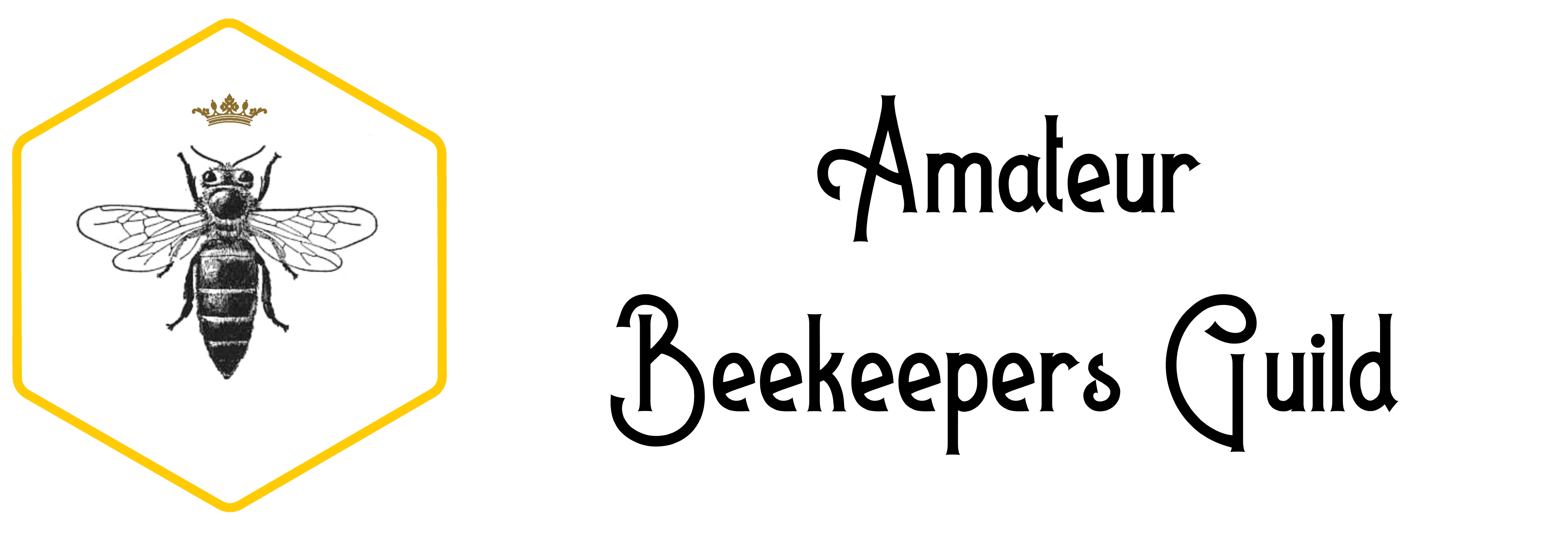Can you keep bees?
Keeping bees is a fantastically rewarding hobby – but how do you know if you can? There are several things to consider…
Time
Keeping bees requires small amounts of regular time with the bees. You typically have to spend around half an hour per week with a hive. You can do this at the weekend or, if the weather is still good, when you return from work. Most beekeepers would like to spend more time with their bees rather than less, as beekeeping is highly addictive. Unlike keeping other animals, the bees mostly look after themselves and will not notice if you go on holidays.
Space
Bees can be kept anywhere from country orchards to urban gardens to small city balconies. It is a common misconception that you need a large garden or countryside nearby. Although this can make siting your bees easier, urban gardens are arguably better. Nectar and pollen can be gathered from a wide variety of plants. This means that there is often a constant source of food throughout the year and hopefully a lack of harmful pesticides.
Neighbours
You might be worried what your neighbours will think. If you have a large garden, it is possible that your neighbours will not know you have bees. However, if space is tight, you need to carefully plan the beehive site and ensure you purchase bees that are good tempered (i.e. buy you bees from a reputable supplier). The beehive should be located in such a way that the entrance of the hive does not point onto a footpath or busy area of the garden.
Equipment
Beekeeping requires a few pieces of essential equipment including clothing, tools and (obviously) a hive.
Everything you need to get started…
A beehive
Number one on the list is obviously a home for your bees.
Bee suit
A good bee suit is essential for enjoying spending time with your bees. It should protect you from being stung and also keep the bees away from your face – making it a stress free experience. There are a wide variety of suits available including full body, upper body or even just the veil.
Gloves
Although not essential – most beekeepers wear leather gloves to protect their hands or if your bees are especially gentle, no gloves at all. However, for a new beekeeper it is best to be completely covered.
Boots
Gumboots are good protection against bees. The bees crawl upwards, so you should tuck your trousers into the boots.
Smoker
The smoker is designed to produce thick cool smoke that is puffed into the hive. When the bees smell the smoke they naturally assume that their hive is on fire. Like all good organisations, they initiate a well practised fire drill and start to eat honey in preparation to leave the hive. Smoke also masks the communication between the bees so that they cannot raise the ‘alarm’ as you open the hive.
Lighting the smoker requires some practice. You should not have a fire – but smouldering material which produces thick cool smoke. You can use cardboard, slightly damp leaves, Hessian sack or rotten wood.
Hive tool
Bees make a glue called propolis from the resin of trees. It is used to seal up cracks and crevices including the moveable honeycomb. The hive tool is the Swiss army knife of beekeeping. It is a metal lever which helps you prise open parts of your hive or scrape up any mess that the bees have made.
Notepad
It is a good idea to keep notes on your bees. You should have a beekeeping notepad with your beekeeping equipment so that you can jot notes as you inspect the hive.
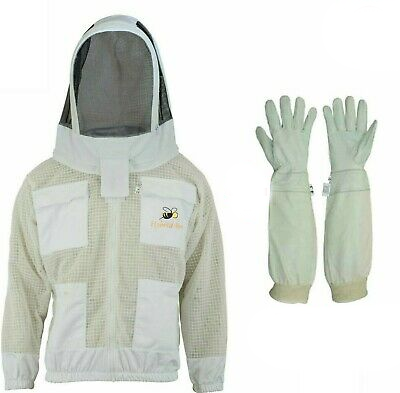
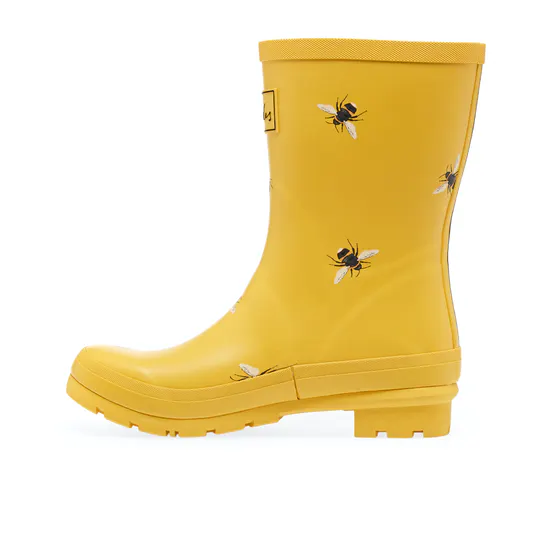
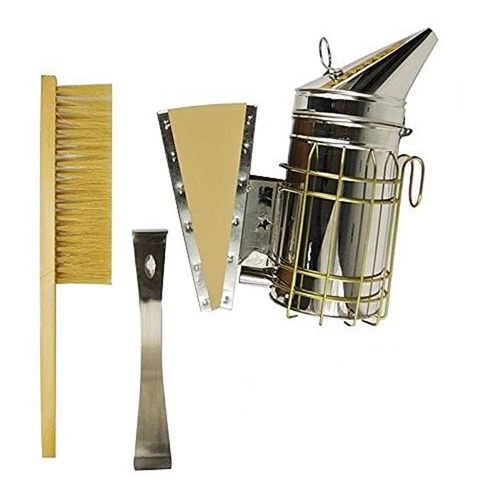
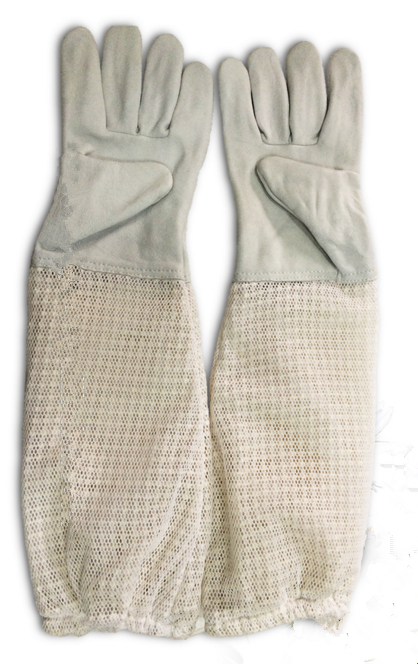
If you’re looking for somewhere to buy beekeeping equipment, we highly recommend V’s Bee’s located at 11/229 Brisbane Road, Biggera Waters Qld 4216
Phone: 07 5511 0881 07 55 07

What are the basic components of a beehive?
Bees need a warm, secure and dry place to live. In the wild, bees make their nest in a variety of places such as hollow trees and holes in rocks. The beehive was developed to make it easier to manage a colony of bees and collect honey. There are lots of different hive designs throughout the world, which follow the same basic principles.
What are the main parts of a beehive called?
Lid – This protects the hive from the cold, wind and rain.
Supers – The supers are used by the bees to store honey. A colony will store honey throughout the summer in preparation for the winter. If your bees are successful they will have surplus honey which you can harvest for your own use.
Brood box – This is the colony’s home, the place where the bees live and where the queen lays her eggs. These large frames are referred to as brood frames. When inspecting your hive these are the frames that you look through.
Entrance – Every hive must have an entrance to allow the bees to come and go. The entrance is sheltered from the wind and rain. It leads to an inner hive entrance which is large enough for the bees to bring in nectar and pollen – but small enough to defend easily.
Stand – A good hive stand should bring the working height of the hive up to waist height to reduce the effort of handling the parts of the hive. It will also keep the hive out of reach from cane toads and the like.
What are the parts inside a beehive called?
Super frames – The super frames are shallower than the brood frames. They hold the wax foundation that the bees build the comb on.
Queen excluder – The supers are just for storing honey but the queen doesn’t know this and will sometimes lay eggs in them. This makes harvesting the honey difficult so a special sheet called a ‘queen excluder’ is placed directly on top of the brood frames. The queen excluder has holes big enough for the workers to get through but too small for the queen and therefore prevents the queen from climbing up into the supers.
Brood frames – The brood frames are where the bees store nectar and pollen for their immediate use. It’s also where the queen lays the eggs that will hatch first into larvae and then metamorphose into new bees. There are lots of slightly different sizes of frames.
Insulation – Bees need to maintain a constant temperature to raise their young. The better insulated a hive, the less energy the bees will have to expend on maintaining this temperature.
Mesh floor – Some beehives have a solid floor but the best type of floor for a beehive is made of mesh. This provides all-year round draught free ventilation in the hive. Good air circulation is important for healthy bees. The mesh floor also allows debris to fall out of the hive, saving the bees the effort of having to remove this themselves.
Inspection tray – To make full use of the mesh floor, the best beehives have an inspection tray underneath. The inspection tray catches any mites or debris that fall from the hive which you can then examine to learn about the health of your bees.
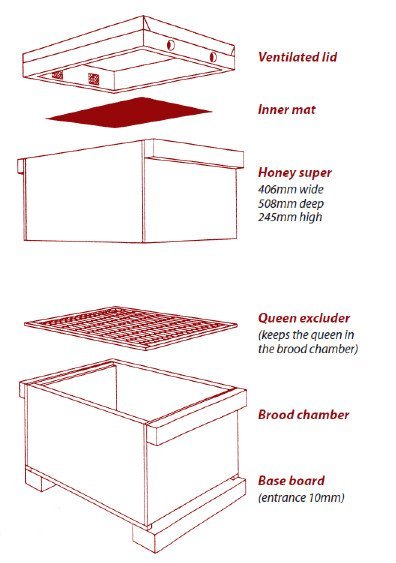
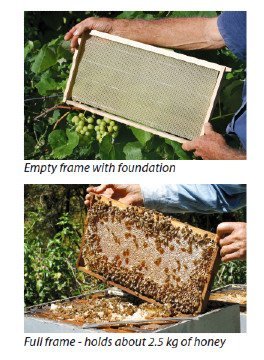
A Brief History of Beehives
You can be forgiven for confusion when choosing the best beehive – this brief history of beehives should give you a hand.
Bees in the wild
During the long millions of years before man started to ‘keep’ bees, honeybee colonies lived wild in natural cavities. Provided they were healthy and the weather was favourable, they swarmed most years as a means of reproduction. However, starting a new colony is risky; three quarters of natural swarms are dead from starvation within a year. Beekeepers today provide hives three times the size of natural cavities, reducing the chances of a colony swarming. There are now a wide variety of beehives to choose from. Here is a brief history.
The skep
About a few thousand years ago, beekeeping progressed from robbing wild nests to housing swarms in upturned baskets (skeps) – the swarms that escaped were captured to replace colonies that were killed for their wax and honey. You cannot realistically keep a colony of bees in a skep because it is almost impossible to inspect them (in fact in Australia it is illegal to keep bees in them).
1850 – The Langstroth
The Langstroth was developed by a very famous beekeeper of the same name – Loranzo Langstroth. He formally recognised ‘bee-space’ and produced the first practical movable-frame hive around the 1850s. Bees could now build their comb on frames which could be moved and manipulated. Langstroth was primarily interested in bees rather than honey – but his developments provided the basis for modern honey production. He listed fifty-four desirable qualities for an improved hive – most, but not all, are now standard. The Langstroth hive is the most popular in Australia.
Acquiring your bees
Purchase a nucleus hive.
A nucleus colony is a small working colony of around 10,000 bees.
Purchase an established colony.
If you are a member of a local Beekeeping Association – you may meet someone who can supply you with a well established colony perhaps of 50,000 bees. This is a quick way of getting started but it is not for everyone. For a novice a large colony can be slightly overwhelming. Often building up a colony from a nucleus will give you time to get to grips with them.
Catch a swarm
Sometimes luck can play a part in starting out with bees. A swarm of bees may land in your garden or you may be given a swarm of bees from a friend. Starting out from a swarm is riskier than starting from either a full colony or a nucleus. You will not know the temperament, health or state of the queen when you start. This is a problem for both the novice and also the experienced beekeeper alike.
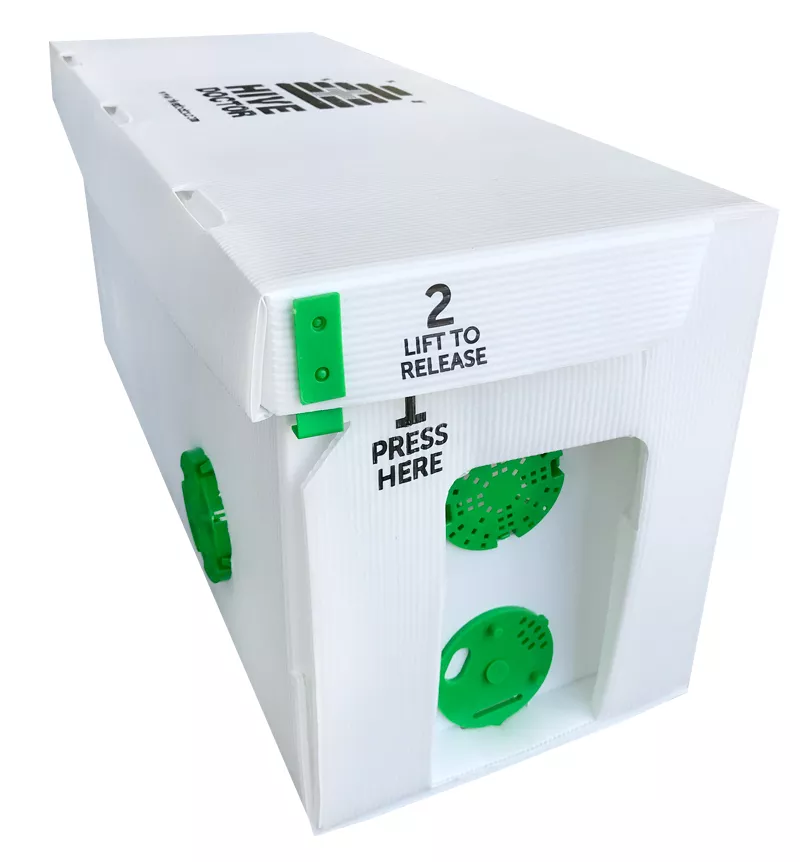
Avoiding Getting Stung
There is no way around it – if you become a beekeeper you will get stung a few times a year. Although bees are not aggressive creatures, they can be understandably defensive of their home. You can generally tell if a bee is becoming defensive. It will fly around your face and produces a high pitch buzzing. If you are not in your beesuit then you should calmly walk away.
Bees usual die after they have stung you, but not always. The bee’s sting evolved as a means of defending the hive from other insects intent on stealing honey and larvae. When a bee stings a wasp, the sting can be extracted again without damaging the bee. However, our skin is much more elastic and it is almost impossible for the bee to remove it. The bee flies away and will die from dehydration as her body can no longer retain liquid.
Dealing with a sting
If you are stung, you should scrape the sting and bee away using the hive tool or a finger nail. You should avoid squeezing the bee or sting as this will force more venom into you. The sting will feel like a mild burning sensation and might produce a swelling reaction up to two days after the sting. In most beekeepers this is the worst that will happen and an antihistamine cream will relieve the hot itchy sensation associated with the swelling.
A small percentage of people have a more severe reaction to bee stings. The area around the sting swells greatly and these people should seek medical assistance.
A tiny percentage of poeple are allergic to bee stings. They will have an extreme reaction and will be unconscious within ten minutes of being stung. Urgent medical attention must be sought.
Avoiding stings
There are several things you can do to avoid being stung.
- Don’t stand in front of the hive where the bees are flying
- Don’t wear shiny jewellery
- Don’t stand directly in front of the hive entrance
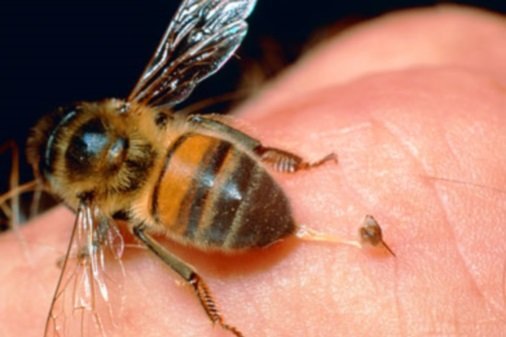
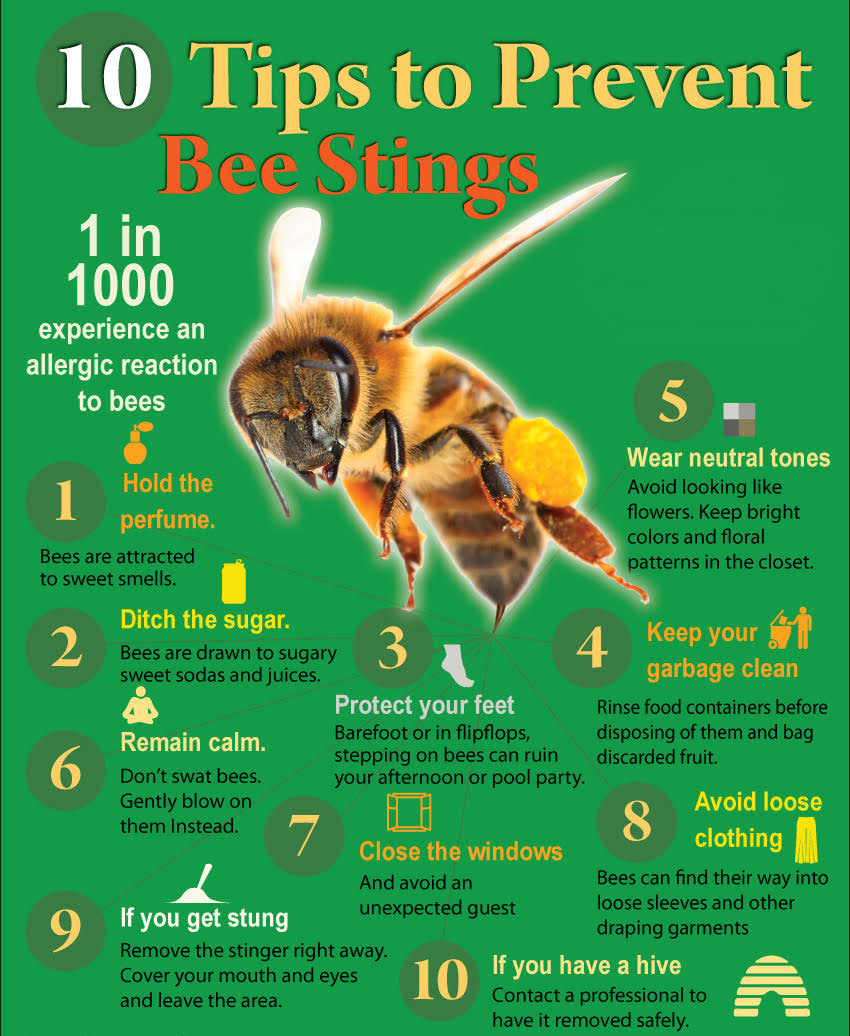
Beekeeper’s Associations
If you are thinking of starting to keep bees, we highly recommend that you join your local Beekeeping Association. They are very helpful in getting new beekeepers started. What do you get for joining?
Courses
Many local beekeeping associations run beekeeping courses which cover the basics of good beekeeping. Many of the courses are over subscribed and it is often hard to get a place so you will need to book early.
Bee books
Most associations also have a really good book library which you can use free of charge.
Insurance
You will get public liability insurance for all beekeeping activities and also product insurance.
Friendly Advice
Last but not least – the beekeeping associations are full of like minded friendly people. You can get advice about your hives, find someone with bees to spare and make new friends.
